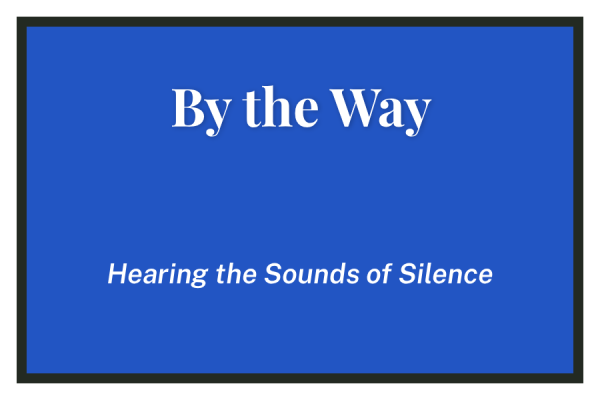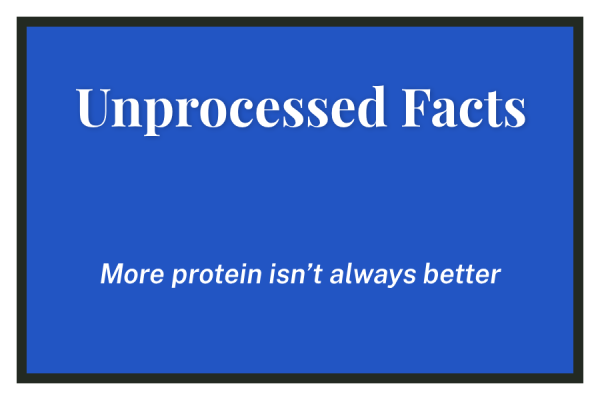Just To (Claire)ify, Issue 9
Why 89.5% of You are Wrong.
Molly Taylor changed my mind. We had already spent 47 minutes in the hall after class discussing the matter when I conceded that she was right. There are ex- actly three holes in the usual t-shirt fabric weave, and stitching may be neglected for the sake of argument. You read that cor- rectly, dear reader. Three. The supporting evidence for this revelation is rooted in a branch of mathematics called topology.
Topology is the study of the features of geometric objects after they undergo phys- ical change such as compression, stretch, bend, and rumple, but never tear or closure with the likes of glue or tape. This means that holes, clean breaks that pass all the way through objects may be mathematically understood.
In colloquial language, we misuse the word “hole” according to the basic principles of topology. Our childhood digging at the beach, never, despite our frantic efforts to tunnel to China, produced a hole. Rather, those were divots we made, pockmarks in the sand that, if the beach could miraculously be stretched, would relax once again into smooth swaths of earth. Your cupped hand has no holes in it, exactly like your palm held out flat has no holes. A true hole must be a puncture, a gap that goes all the way through. Maybe some kid eventually dug into China, but no one ever told me about it. Maybe he triumphantly burst through the other side of his waterfront creation, imploring the shocked businessmen of Shanghai to come and see for themselves the pinprick of light at the other end of his tunnel, but it never made the front page of “The Times.” In any event, English has done a disservice to mathematics with our colloquial usage of the word “hole.”
When one applies the theory of topol- ogy, it becomes clear that a straw has only one hole. That object if compressed could be a doughnut, which we agree, as a culture, has only has one hole, or could be squished further into the dimensions of a single hole punch, which we can all agree makes only one hole in your paper, whether or not it is the right distance from the margin. Even a coffee mug has only one hole according to topology, and that hole is, not in the cup itself which is only a mere divot capable of being flattened, but rather in the handle. A tube is a single hole, so why, I implored Molly, was a t-shirt not just two holes: a hole from head to torso, and another through both sleeves?
The answer lies in the fact that the intersection of the sleeves with the body-tube-hole creates not one but two additional holes in the fabric; each sleeve hole must pierce the body hole to perform its duty of allowing for an arm to exit through it. In a questionnaire sent to the entire upper school, 109 students reported that they believed there to be four holes in a t-shirt, 18 reported the existence of two holes, and fifteen acknowledged that three were included. Only fifteen were right, including, I’m sure, the emphatic submission of Molly Taylor, but it is my hope, that we may honor the English teacher’s constant plea for linguistic specificity in our use of the word “hole,” if only to better our understanding of mathematics.









